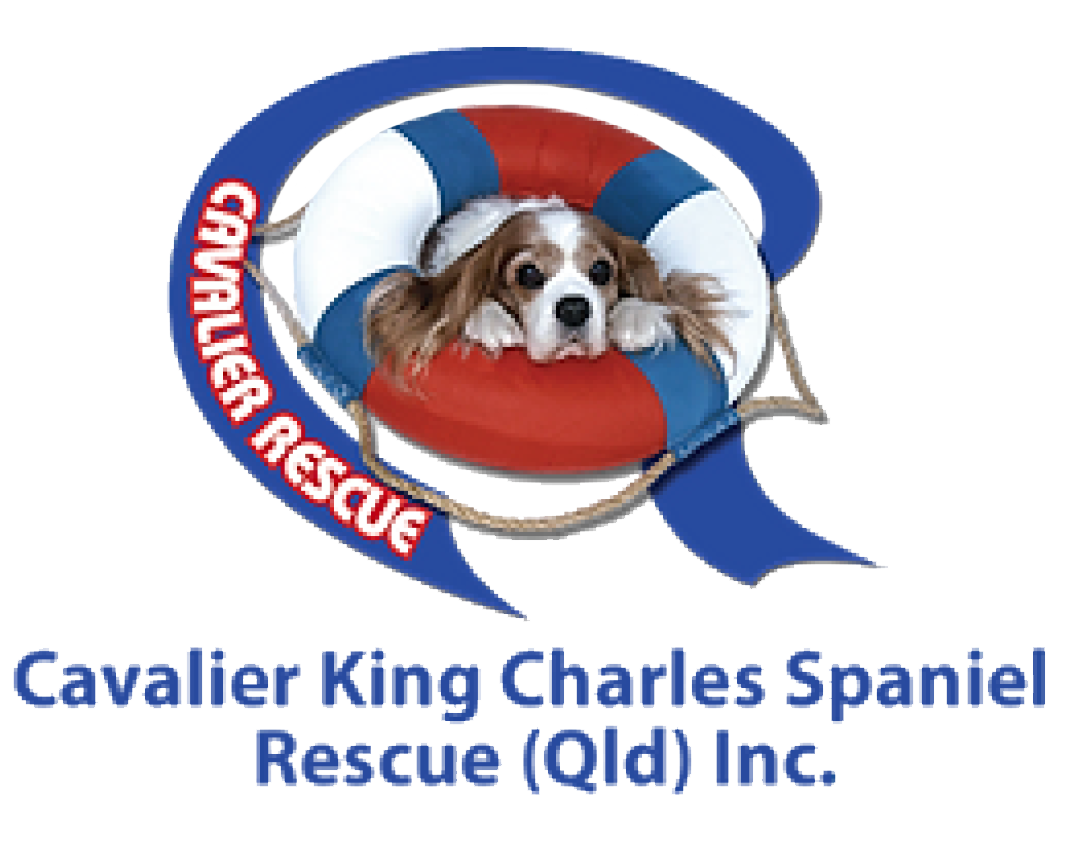Learn about Cavalier King Charles Spaniels
History of the Cavalier
Toy spaniels have featured since the 15th century in the Courts of Europe, and the Cavalier King Charles Spaniel became popular during the reign of Charles II in the 17th century and was named in recognition of the Cavaliers who supported him.
Late in the 17th century the Cavalier Spaniel’s appearance changed when it was interbred with flat-nosed breeds.
In 1926 a dog show class prize was offered by an American Rosswell Eldridge for the best Blenheim of the ‘old Charles II’ type as it was his dream to have the Cavalier breed standard revert to the longer nose of that era.
In 1926 a dog show class prize was offered by an American Rosswell Eldridge for the best Blenheim of the ‘old Charles II’ type as it was his dream to have the Cavalier breed standard revert to the longer nose of that era.
The Cavalier King Charles Spaniel and the King Charles Spaniel are often confused, however they are two different breeds. The King Charles Spaniel has, among other differences, a domed head compared with the Cavalier’s flatter head, and the King Charles has a flat nose compared with the longer nose of the Cavalier.
Originally bred as lapdogs and companions for the aristocracy, Cavalier King Charles Spaniels became known for their affectionate nature and charming appearance.
About the Cavalier Breed
At Cavalier King Charles Spaniel Rescue Queensland we love all Cavaliers no matter what their pedigree. This page however explains what those who ‘show’ Cavaliers define as desirable.
Cavaliers should be free moving, graceful, sporting, affectionate and fearless with a happy, non-aggressive, friendly nature. According to those who show these dogs, they should be no tendency to nervousness. The coat should be long, silky, free from curl, with a slight wave.
The Cavalier’s head should be almost flat between high set ears. The ears should be long and feathery. The eyes are large, round or almond-shaped, very dark and do not appear bulging. This gives the Cavalier a soft, sweet expression. The nose pigmentation is black with no pink speckles. The jaw should have a scissor bite (upper teeth overlapping lower).
Colours
The breed has four recognised colours:
Blenheim
Black and Tan
Ruby
Tricolour
Blenheim Cavalier King Charles Spaniels
The Blenheim Cavalier is considered the most popular. Cavaliers that have rich chestnut markings on a pearly white background are known as Blenheim. This is in honour of Blenheim Palace where the 1st Duke of Marlborough raised them. In some Blenheim dogs there is a chestnut spot in the middle of the forehead which is referred to as the ‘Blenheim spot’. The Blenheim spot is also known as the mark of the ‘Duchess Thumb Print’. This is based on the legend that the 1st Duchess of Marlborough gently pressed the head of an expecting Cavalier with her thumb. This resulted in five puppies bearing the lucky mark.
Black and Tan Cavalier King Charles Spaniels
Black and Tan Cavaliers have black bodies with tan highlights. The highlights are often located on their eyebrows, cheeks, legs and underneath their tail.
Ruby Cavalier King Charles Spaniel
The Ruby Cavalier is considered a ‘whole coloured’ breed. Ideally it is entirely chestnut, although some have some white in their coats. The ruby colour is a rich, solid red. It is considered to be one of the least common. The preferred shade is a deep, rich red, however some variation from copper to mahogany is possible.
Tricolour Cavalier King Charles Spaniel
The Tricolour is a black and white Cavalier.The base coat is predominantly black or white. There is typically tan markings located on the cheeks, above the eyes (the eyebrows), inside the ears, on the legs (both back and front), and on the underside of the tail. There is also often black patches throughout the coat, with the white creating a patched or speckled appearance. The result is a beautiful pattern that is characteristic of the Tricolour.
Learn more about Cavaliers
Discover everything you need to know about Cavalier King Charles Spaniel with our latest blog posts.








